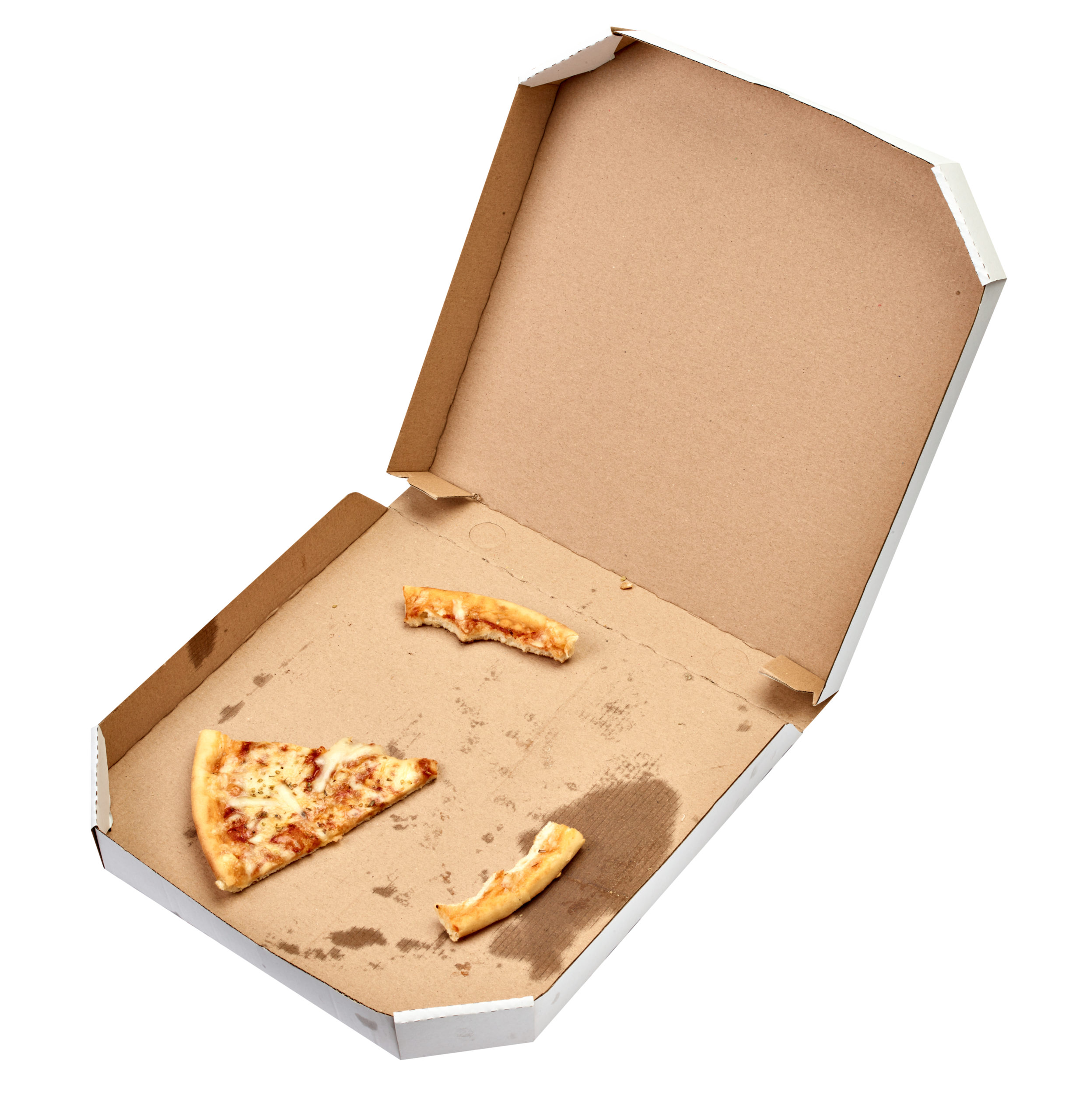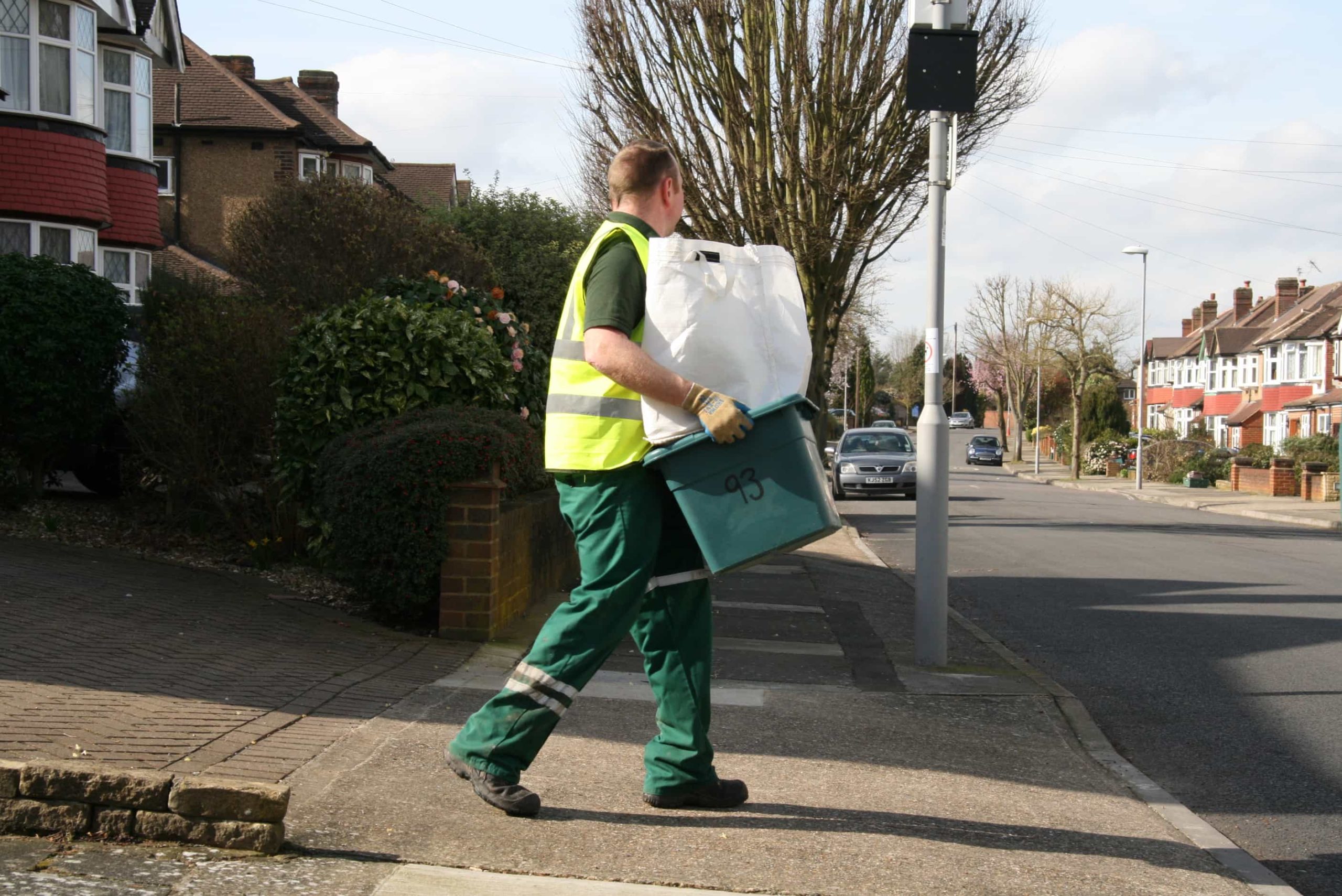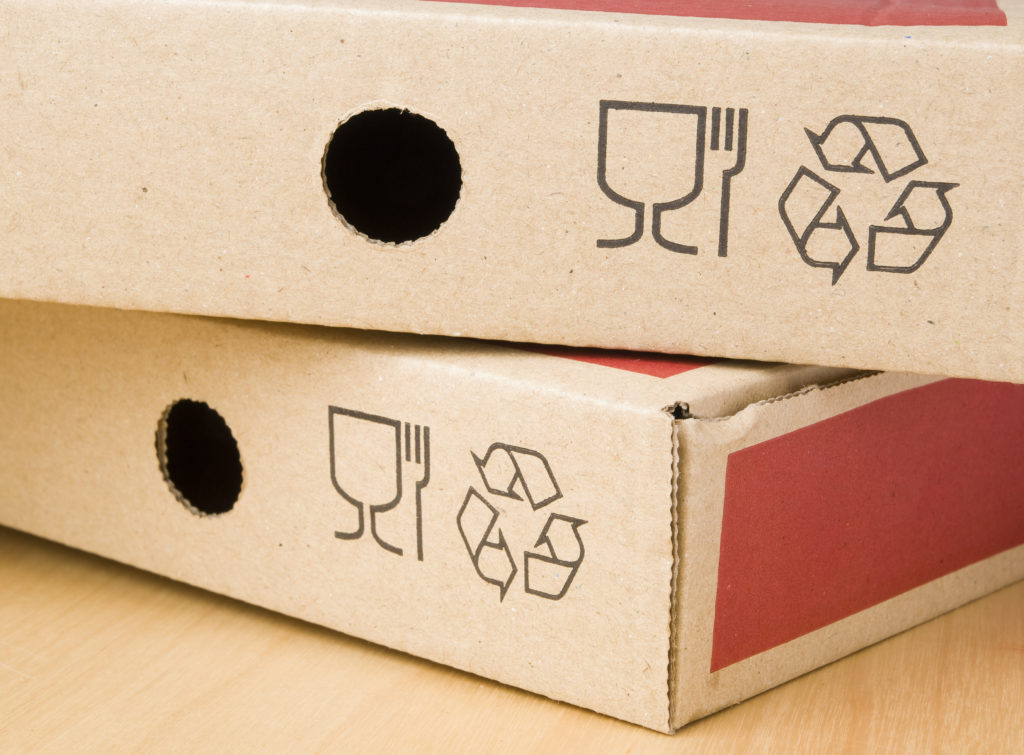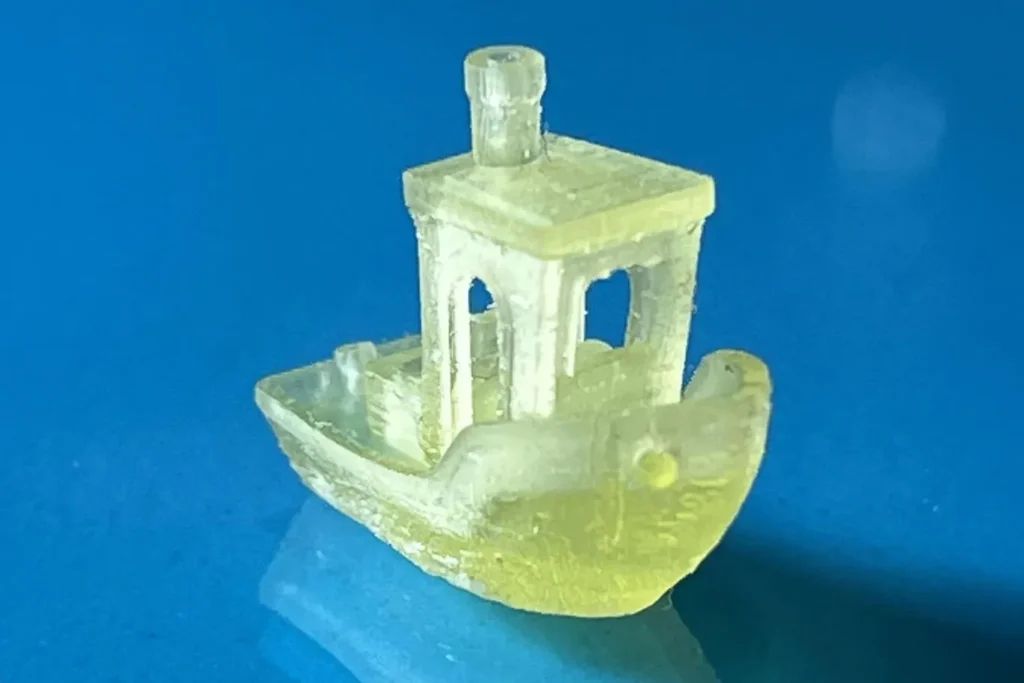Pizza boxes. Two words to make any recycling officer shudder, recalling a long list of complaints and confusion.
Amongst recyclers, it is known that food contamination makes material unrecyclable. However, when it comes to used pizza packaging, the line is not so clear.
This is because the lid, for example, will not be contaminated and many boxes now also come with a tray to prevent large amounts of grease contaminating the paper fibres.
But, with home deliveries of food as popular as they were during the various lockdowns, tonnages of the material keep rising, as do the problems which come with it.
A string of councils count the material as contamination, including Spelthorne borough council and Bristol city council, as just some examples.
However, the leading suppliers of takeaway pizzas such as Domino’s and Pizza Hut say their boxes are recyclable. The packaging often features a recycling logo.
In Slough, a binman was recently attacked with a hockey stick for refusing to take a bin which was contaminated. In response to the incident, the council touched on the confusion surrounding pizza boxes and how they might be adding to the issue.
Recyclability
So, can pizza boxes be recycled? Dr Simon Ellin, CEO of The Recycling Association, told letsrecycle.com that “according to Recycle Now and Confederation of Paper Industries, the difference between recyclable and non-recyclable is food contamination.”

Recycle Now is resources charity WRAP’s initiative aimed at educating the public about best recycling practices. Its guidance on pizza boxes states that “pizza boxes are usually recyclable, even when stained or greasy as long as they are empty.” At the same time, it advises residents to check with their local authorities.
This shows that even contaminated boxes can be accepted into the recycling stream, as long as the contamination is only surface-level staining. If they contain free-moving food or food residue, they become unrecyclable, Mr Ellin continued.
Councils
Despite the Confederation of Paper Industries (CPI) recyclability guidelines, many local authorities still choose not to accept pizza boxes regardless of the level of contamination.
Slough borough council is amongst the councils who do not accept used pizza boxes at all. A spokesperson for the council told letsrecycle.com this is “so it is simple for both residents and collectors.”
“We don’t have time to check the individual boxes to ensure it is only a bit of staining and if it gets too complicated for residents, it makes it difficult for them to follow,” they added.
Another waste authority who took the same approach is the Merseyside Recycling and Waste Authority. In its guidelines, it advises residents to “look out for stains such as grease, food and such” and dispose of the contaminated cardboard in their residual waste bin.
In contrast, Greater Manchester Combined Authority states on its website: “Empty pizza boxes can be recycled in your paper and card bin at home, even when stained or greasy. Just make sure there is no leftover pizza still in the box.”
Dr Ellin suggested that “some councils might be playing it safe”, explaining that contaminated material is illegal to export and additionally, might pose a health hazard.

A MRF operator told letsrecycle.com: “Councils might be afraid of getting their loads rejected by operators due to contamination, which involves extra cost and admin.”
When asked about the acceptable level of contamination, they found it was “difficult to answer”, adding: “To say where the line is between the two is almost impossible. There’s no point pretending it’s an easily solvable problem.”
On the other hand, Stephanie Dalton, head of customer excellence at DS Smith Recycling, said in a LinkedIn post that, “any way you slice it, pizza boxes are 100% recyclable.”
Clear message
Dr Ellin said the ongoing controversy brings focus to the requirement for consistency of approach.
He remarked: “The message could be conveyed on the pizza box itself. We have to go further – from the recycling symbol that is on the boxes currently – by including a message that all food residues need to be removed.”
CPI, too, called for a clearer message on the packaging. Dimitra Rappou, director of recycling at CPI, told letsrecycle.com: “We encourage to have clear information on packaging with this information to help them reduce contamination. This rule applies not only to pizza boxes.”
Ms Rappou concluded: “We’re asking designers for a strong call to action and to include information on the packaging. It is also an educational matter for the consumer on how to do the right thing. It would be a good way forward to make sure that the paper is fully recyclable.”











Subscribe for free